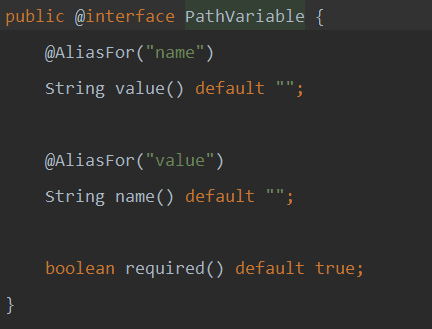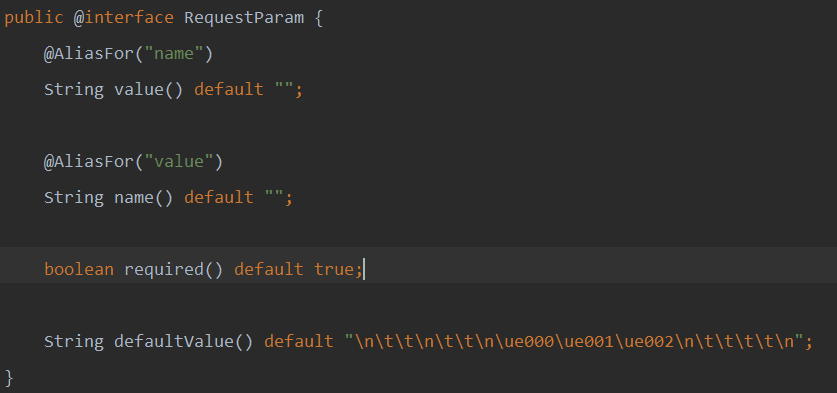@PathVariable和@RequestParam传参为空 @PathVariable和@RequestParam传参为空问题及解决
眉梢i 人气:0想了解@PathVariable和@RequestParam传参为空问题及解决的相关内容吗,眉梢i在本文为您仔细讲解@PathVariable和@RequestParam传参为空的相关知识和一些Code实例,欢迎阅读和指正,我们先划重点:@PathVariable传参为空,@RequestParam传参为空,下面大家一起来学习吧。
@PathVariable和@RequestParam传参为空
@RestController
public class UserController {
@GetMapping(value = {"/xie/{name}","/xie"})
public String xie(@PathVariable(value = "name",required=false) String name){
return "my name is:"+name;
}
@GetMapping("/xie1")
public String xie1(@RequestParam(value = "name",required = false) String name){
return "my name is:"+name;
}
}
访问地址:
http://localhost:8080/xie/qiao

http://localhost:8080/xie

http://localhost:8080/xie1

http://localhost:8080/xie1?name=qiao

小结一下
required = false属性设置前端可以不传数据,当在使用@RequestParam时直接写上,不需要改变地址映射,当使用@PathVariable时,需要在地址映射上面写入多个地址映射。而且必须写required = false,不然报500
使用@pathvariable与@requestparam碰到的问题
1.@pathvariable
可以将 URL 中占位符参数绑定到控制器处理方法的入参中:URL 中的 {x} 占位符可以通过@PathVariable("x") 绑定到操作方法的入参中。
@GetMapping("/test/{id}")
public String test(@PathVariable("id") String id){
System.out.println("test:"+id);
return SUCCESS;
}
可以看出使用@pathvariable注解它直接从url中取参,但是如果参数是中文就会出现乱码情况,这时应该使用@requestparam注解
2.@requestparam
它是直接从请求中取参,它是直接拼接在url后面(demo?name=张三)
@GetMapping("/demo")
public String test(@requestparam(value="name") String name){
System.out.println("test:"+name);
return SUCCESS;
}
注:如果参数不必须传入的话,我们从源码中可以看出两者required默认为true,如图:


所以我们可以这样写,只写一个例子
@GetMapping("/demo")
public String test(@requestparam(value="name", required = false) String name){
System.out.println("test:"+name);
return SUCCESS;
}
以上为个人经验,希望能给大家一个参考,也希望大家多多支持。
加载全部内容